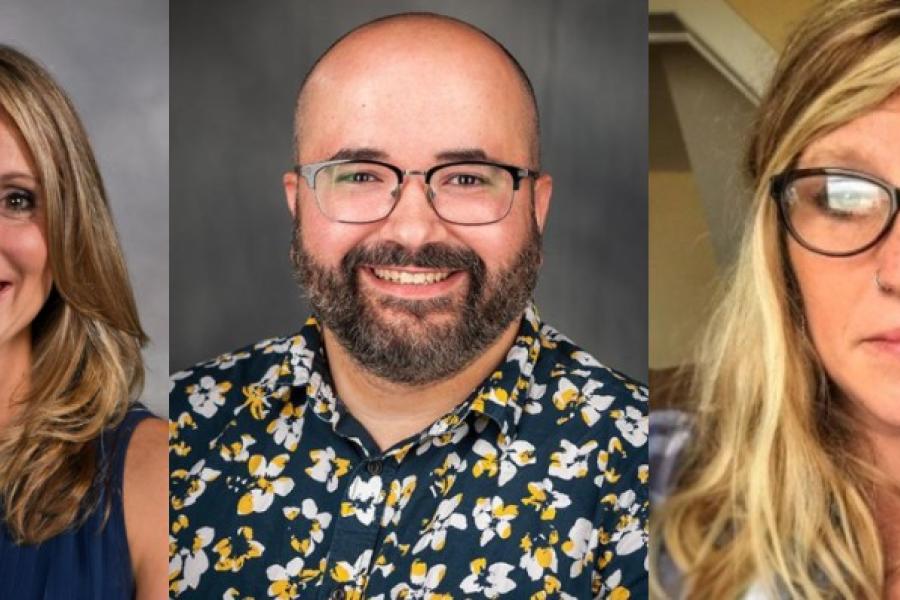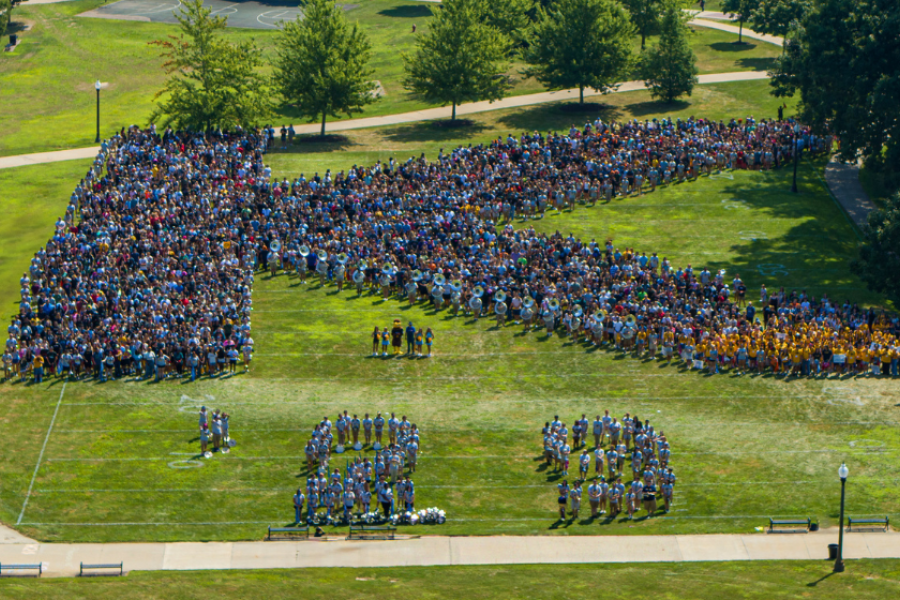Contact Us
For questions or guidance, contact us by email at gifts@kent.edu or by phone at 330-672-GIFT (4438).
For questions or guidance, contact us by email at gifts@kent.edu or by phone at 330-672-GIFT (4438).
Receipt fr
To qualify for Gift in Kind credit:

Welcome to Flash Focus! In this series, we introduce you to fascinating student Flashes from all walks of life.Meet Giovanni Tripi, a member of the Honors College and a senior biology major with minors in public health and forensic anthropology, from Lyndhurst, Ohio. “Coming into college, I knew I wanted to be on a pre-med track; however, upon looking at my other options, I found opportunities to customize my coursework and curriculum to keep me engaged,” Tripi told Kent State Today. “This flexibility has allowed me to pursue other fields as well that greatly align with my courses, such ...

The National Council of Teachers of English (NCTE) recently awarded EHHS Professors (l - r) Kristy Pytash, Francisco Torres, and Amy Walker with the 2025 Language Arts Distinguished Article Award for their work titled, Responding to literature through Arts-based pedagogies: Exploring hope, empathy, imagination and liberation. Handed out every fall, the award recognizes outstanding language arts articles that move forward the Elementary Section Steering Committee‘s mission of the pursuit for justice and equity, brings the sociocultural realities of children’s everyday lives ...

With a multitude of electives, Kent Core and major-specific courses, Kent State University students have generous options when scheduling spring courses. But students might also feel a bit overwhelmed.“Come meet with advising staff,” David Fair, academic advisor I in the exploratory advising center, told Kent State Today. “We’re equipped to have discussions and help.”Numerous forms of advising are available and helpful when scheduling courses. “Career Advising is so underutilized,” Fair said, referring to Kent State’s Career Exploration and Development. “I think students only use c...

Students from across Ohio, the nation and the globe have made their way to Kent State, ready to make an impact. This fall, 4,023 first-year students joined the Kent Campus, marking the fourth time in five years that an incoming class has surpassed 4,000. The Class of 2029 brings a vibrant mix of experiences, perspectives and aspirations, poised to shape the future of the university and beyond. Representing 78 of Ohio's 88 counties, this class set a new record for applications and admissions from the Buckeye State. Students also come from 41 additional states, plus Washington, D.C., a...